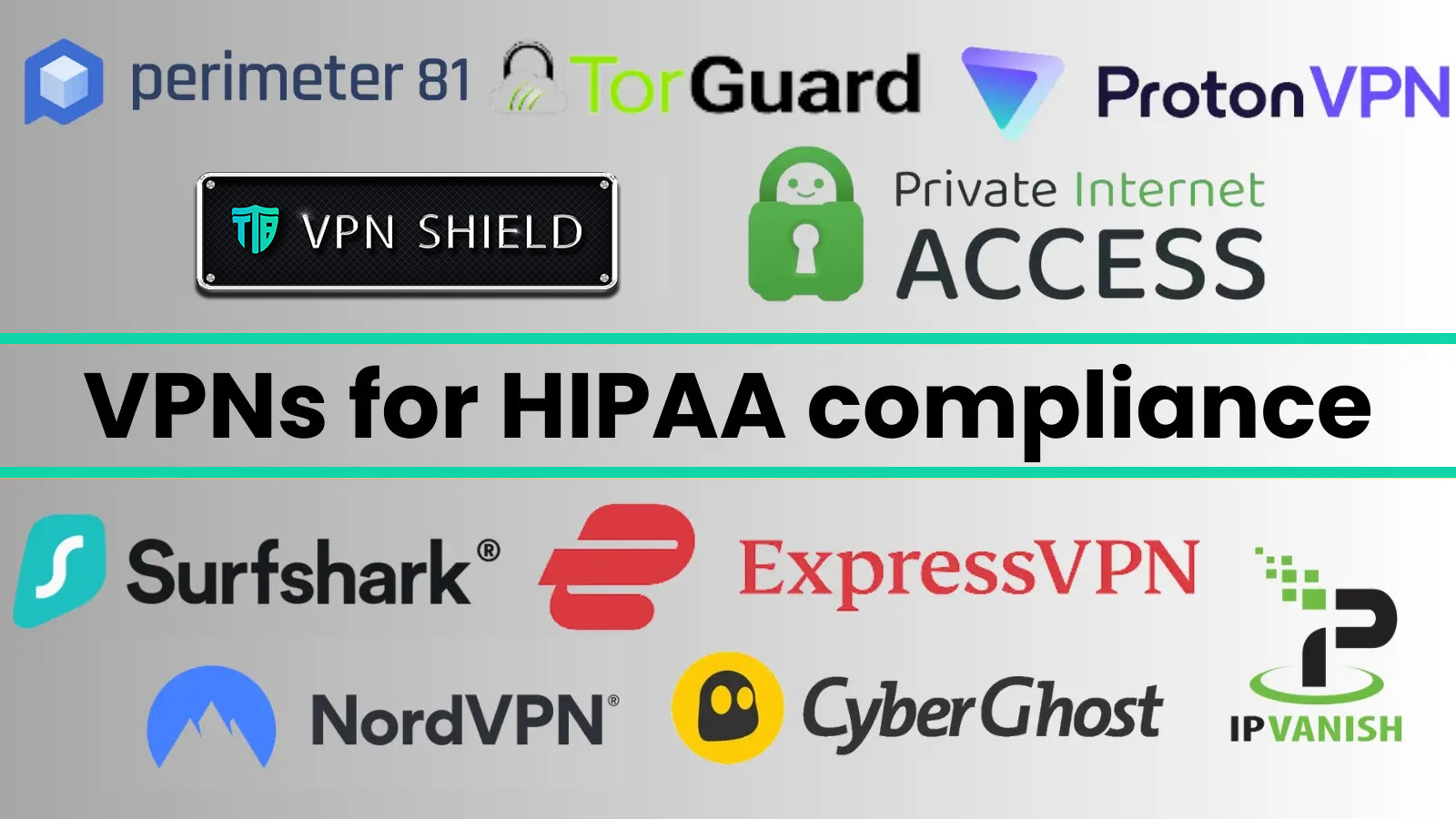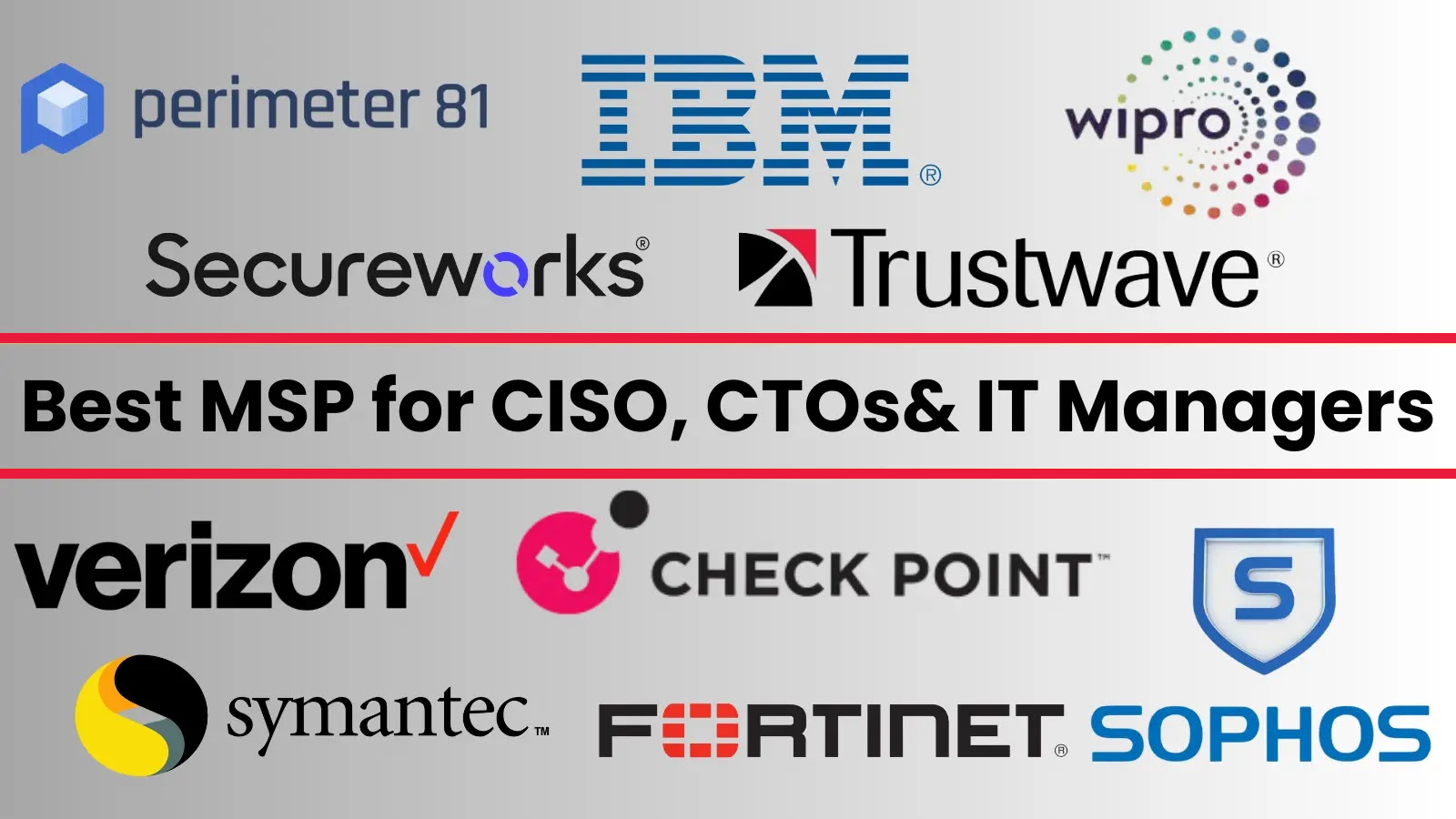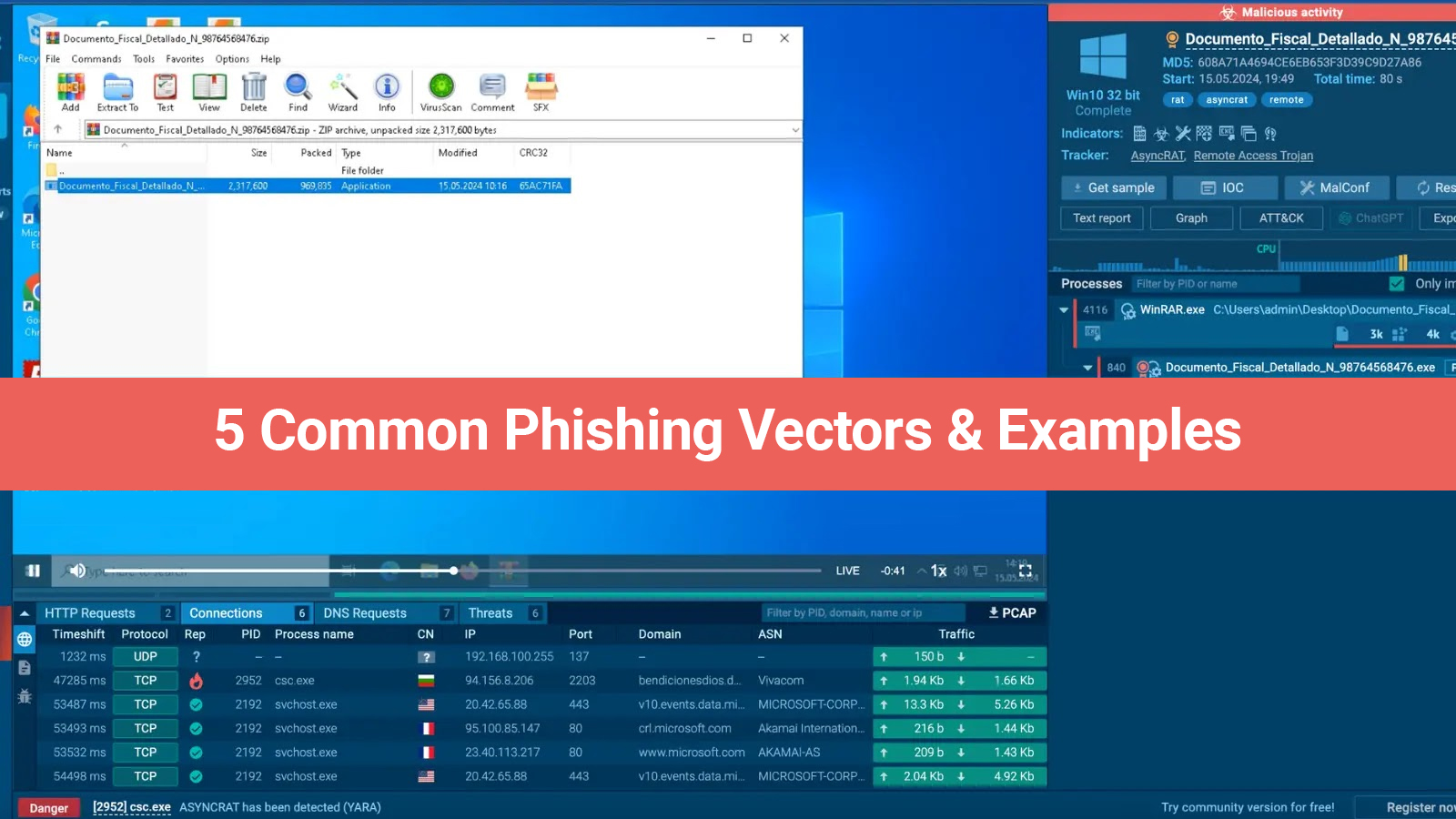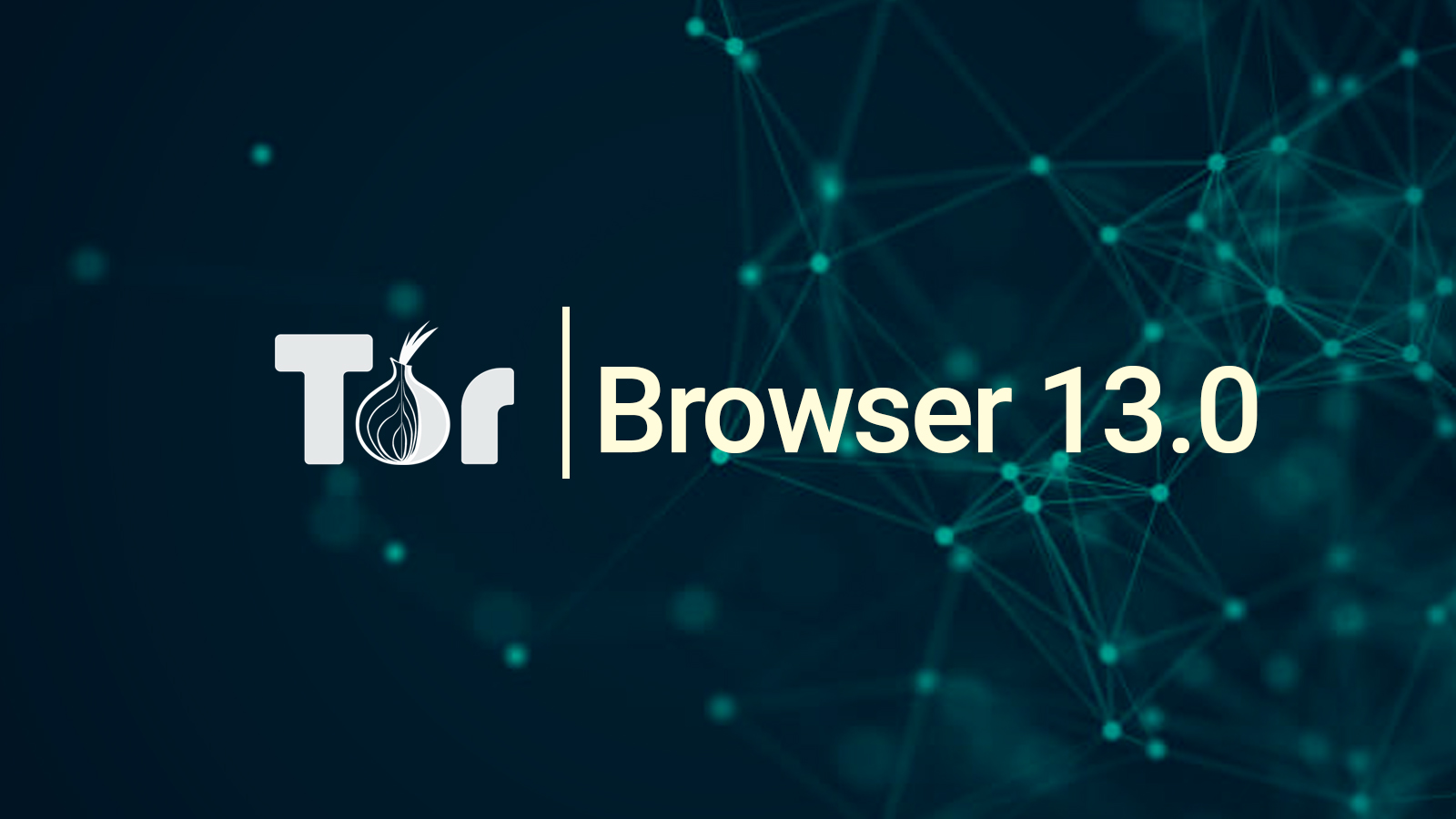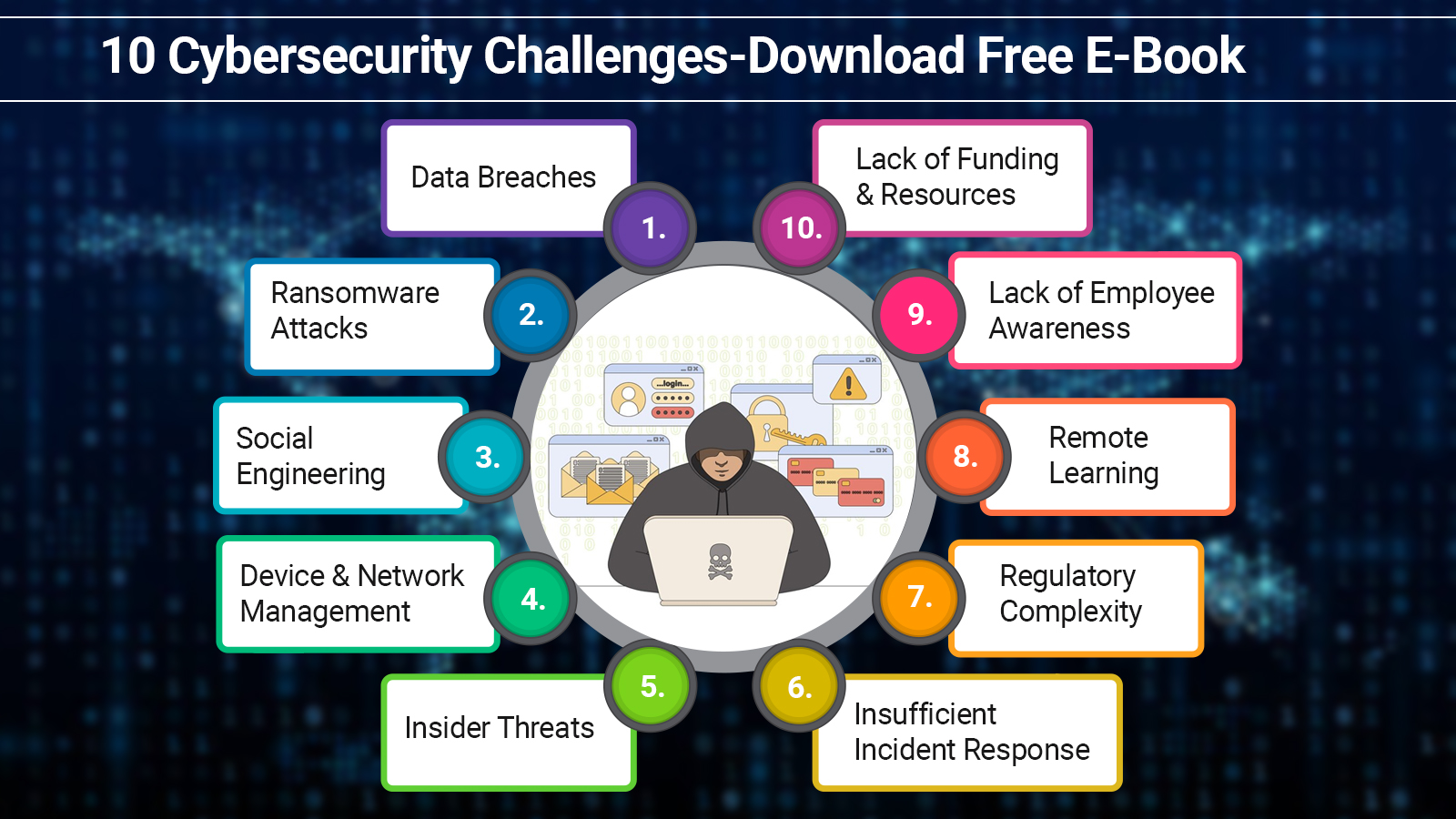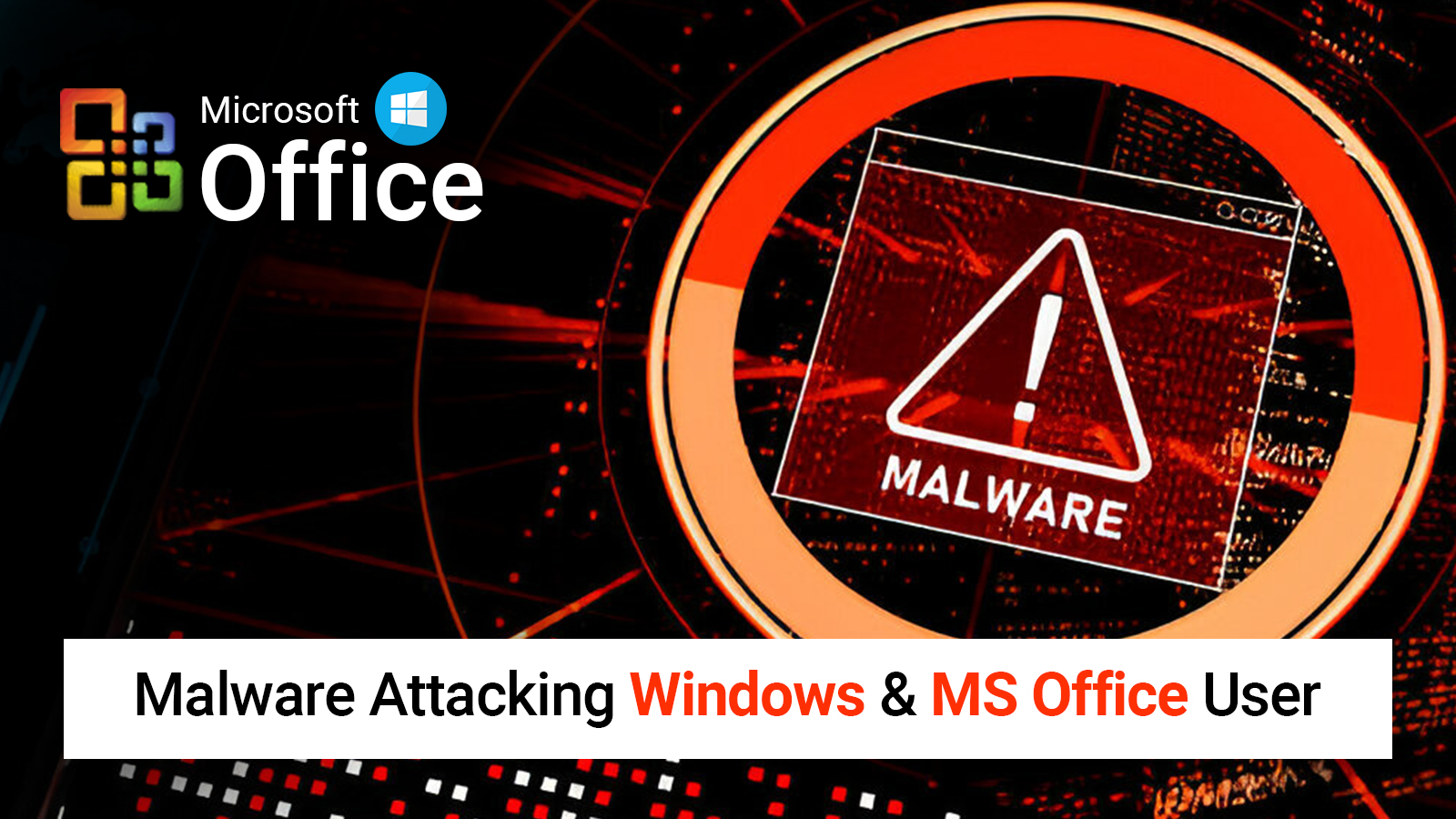What is the state of your vulnerability management program? Does it work? A triumph? Let's face it: without the appropriate statistics or metrics, it's impossible to assess your performance, track your progress, or determine whether your investment is paying off. How can you be sure it's effective if you're not measuring? Even if you are measuring, blind spots may arise from inaccurate reporting or an emphasis on the wrong metrics. As a result, it makes it more difficult to share any risks with the rest of the company.
Thus, how do you decide what to prioritize? The list is extensive and includes cyber hygiene, scan coverage, average time to fix, vulnerability severity, remediation rates, and vulnerability exposure. It can be difficult to determine what is significant because every tool on the market delivers a different set of indicators. This article will assist you in determining and defining the critical metrics required to monitor the effectiveness of your vulnerability management program and your progress, enabling you to produce reports that are ready for an audit that includes:
- Meet Vulnerability Remediation SLAs & Benchmarks
- Prove Your Security Posture
- Help Pass Audits & Compliance
- Simplify Risk Analysis
- Demonstrate ROI on Security Tools
- Prioritize Resource Allocation
Why Is Measuring Vulnerability Management Important?
Metrics are essential for assessing how well your attack surface and vulnerability control strategies are working. You may continuously analyze and optimize your security by tracking how quickly you identify, prioritize, and resolve vulnerabilities. You can identify which problems are more urgent, decide which ones to address first and track the success of your efforts with the help of the appropriate analytics. In the end, appropriate measurements enable you to make well-informed judgments, ensuring that resources are allocated to the appropriate areas.
While the quantity of vulnerabilities discovered is usually a useful place to start, it doesn't provide much information on its own. Without prioritization, advisories, and advancement, where do you even begin? It is significantly more crucial for your company's operations and data security to identify, rank, and address your most critical vulnerabilities than it is to identify every vulnerability.
It's crucial to intelligently prioritize information and filter out irrelevant content because it's quite simple to ignore real security risks when you're distracted by unimportant details. When you are not burdened with unimportant flaws, intelligent results prioritize concerns that affect your security, making your job easier.
For instance, the systems that are visible to the internet are the easiest targets for hackers. Minimizing your attack surface is made easier by giving priority to issues that expose this. Vulnerability management becomes simple even for non-experts with the help of tools like Intruder, which explain genuine dangers and offer clear repair guidance. What else, though, should or could you be assessing in addition to prioritization?
5 Top Metrics for Every Vulnerability Management Program
Go through this section carefully and you will learn about the top 5 metrics for several vulnerability management programs.
Scan Coverage
What are you monitoring and looking up? The assets you are covering, analytics of all business-critical assets and applications, and the available authentication methods are all included in the scan coverage. It's critical to keep an eye on any modifications to the scope of coverage and your IT infrastructure as your attack surface expands, alters, and evolves.
A contemporary scanner will find deployments that you might not have known about and shield your private information from unintentional exposure. It should also automatically synchronize your IPs or hostnames with cloud integrations, find new assets, and keep an eye out for changes to your cloud systems.
Average Time to Fix
How quickly your team resolves serious vulnerabilities indicates how responsive they are to the findings of any vulnerabilities that are revealed. Since the security team is responsible for fixing problems and communicating the message and remediation plans to management, this should always be low. It must also be predicated on your already established SLA. There should be a commensurate relative or absolute amount of time for planning and remediation based on the severity of the vulnerability.
Risk Score
Your scanner will automatically determine each issue's severity, which is often Critical, High, or Medium. You are accepting the risk if you choose not to fix a certain vulnerability or set of vulnerabilities within a given window of time. If there are mitigating circumstances and you're ready to take the chance, you can use Intruder to put off a problem.
For instance, if a critical risk is visible to you while you're getting ready for an ISO or SOC2 audit and the resource needed to address it doesn't make sense given the real risk or possible impact on the company, you could be willing to accept it. Naturally, your CTO could be interested in knowing how many issues are being ignored and why when it comes to reporting!
Issues
This is the point at which a vulnerability becomes public once all targets have been inspected and any problems found. What matters is how quickly vulnerabilities are found throughout your attack surface so that you can address them and shorten the time an attacker has to exploit you. What's the practical meaning of this?
You might find that it takes longer to thoroughly scan everything if your attack surface is growing. Your mean time to detect could also go up. On the other hand, you're making good use of your resources if your mean time to detect decreases or remains the same. If the reverse begins to appear, you ought to inquire as to why things are taking longer to become apparent. If the response is that the attack surface has increased, you may need to make greater investments in your security staff and tooling.
Measuring Progress
Given its possible impact on your organization, prioritization, also known as intelligent outcomes, is crucial in assisting you in determining what has to be fixed first. Filtering out noise and assisting in the decrease of false positives, Intruder is a critical indicator to monitor since it allows you to return to focusing on the most crucial metric: the average time to fix.
Why does this matter? Because you want to be ready to address a problem as soon as possible when you do identify one. Multiple scanning engines are used by tools like Intruder to interpret the output and prioritize the results based on context, allowing you to save time and concentrate on the important things.
Attack Surface Monitoring
This makes it easier for you to see the proportion of protected assets—whether they are found or not—across your assault surface. To avoid data exposure by accident, your team should use a vulnerability scanner to detect when a new service is made available. Scanners of today keep an eye out for changes in your cloud systems, locate fresh assets, and match your hostnames or IP addresses with your integrations.
Why does this matter? Over time, your attack surface will inevitably change—from open ports to creating new cloud instances—and you must keep an eye on these developments to reduce your risk. This is where the discovery of our attack surface is useful. You may determine whether your attack surface is expanding by looking at the quantity of new services that have been found within the designated time frame.
Concluding the Thoughts
Intruder and other contemporary attack surface management technologies measure what matters. In addition to compliance with vulnerability prioritization and interfaces with your issue-tracking tools, they assist in providing reports for stakeholders. To manage your cyber risk, you may identify what is vulnerable and obtain the precise priorities, solutions, insights, and automation that you require. For more such information, stay tuned with us!



